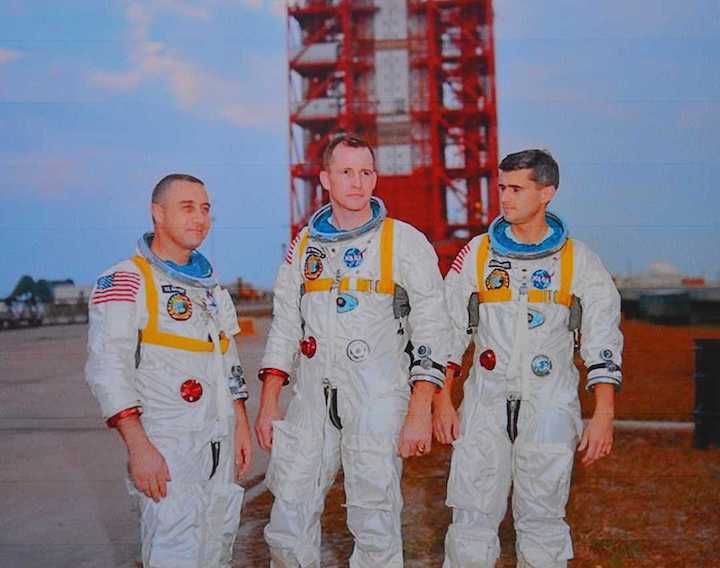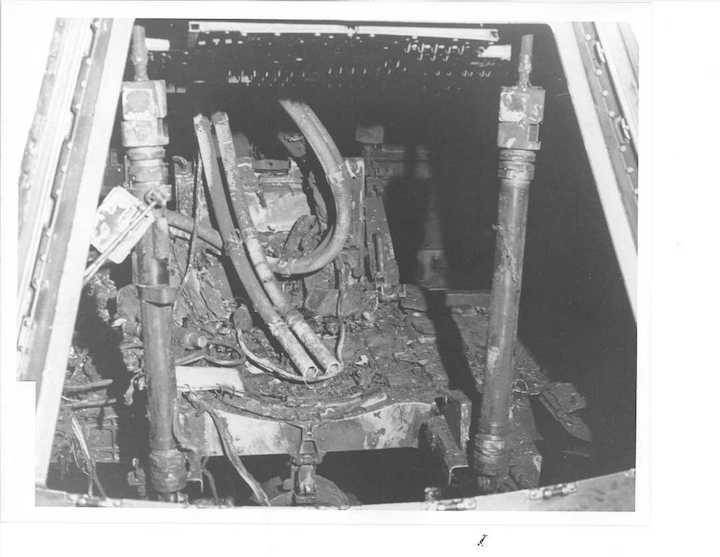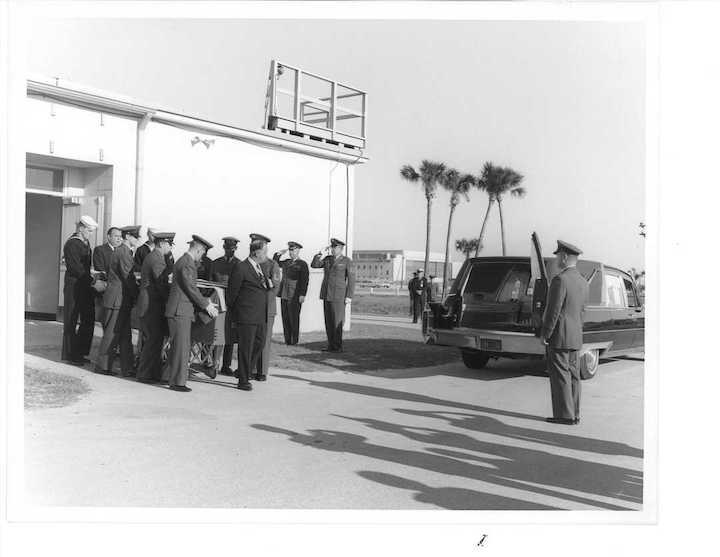27.04.2019
The test-fire mishap that led to the destruction of SpaceX's Crew Dragon capsule at Cape Canaveral Air Force Station last weekend was not the first involving a vehicle designed to take astronauts to space.
But unlike the first such accident, no one was killed when the Crew Dragon capsule caught fire Saturday.
That was not the case on Jan. 27, 1967.
On that date, three astronauts were killed when they couldn't escape when a fire broke out during a test on the Apollo 1 capsule.
Propulsion engineer John Tribe remembers it like it was yesterday.

Tribe had been doing tests all day with astronauts Gus Grissom, Ed White and Roger Chaffee.
Tribe, a propulsion engineer, was one of many involved in what was being called a “plugs out” test to determine whether the spacecraft would operate nominally on (simulated) internal power while detached from all cables and umbilicals.
Passing this test was essential to making the Feb. 21 launch date.
During the test, communications continued to be an issue.
“Gus was really, I wouldn’t say he was angry, but he was really irritated,” Tribe said recently from his home on Merritt Island. “He had been in the vehicle all afternoon. They had foul smells. They had (communication) problems. He was irritated. He said, ‘How the hell are we going to talk back from the moon, we can’t even talk between two buildings on earth?’”
The group decided to take a break. After about 10 minutes, they started work again.
“It right was about 6:31 p.m. on the 27th of January, I’ll never forget it,” Tribe said. “It’s all quiet. There’s nothing going on, on the net. And suddenly there’s a single word. ‘Fire. We got a fire in the cockpit.’ And then there was a pause and then they said, ‘get us out of here, we’re burning up.’ Then there was another pause, and then a scream, and then it was silent.”

Not long after, Tribe said a guard showed up at their building, locked the door and confiscated all their paperwork and bused them over to Pad 34, where the crew capsule had been.
Moon landing anniversary: 50 years later, it's still an experience that unites us
Apollo 50: These events honor anniversary of the moon landing
“By this time we’d talked to the pad leader and he wouldn’t tell us exactly what had happened,” Tribe recalled. “He just said, ‘you wouldn’t believe what I’m seeing,’ basically. ‘I can’t describe what I’m seeing.’”
Grissom, White and Chaffee had been killed in a fire inside the capsule.

The scene of the fire remains a disused launch pad that memorializes those three astronauts.
The accident led to a redesign of the command module, and the program ultimately went on to reach the goal of sending humans to the moon before the end of the 1960s.
“The program was questionable after that,” Tribe said. “Immediately afterward there were a lot of people saying, ‘Why don’t we just turn off this whole moon program? We’re killing people.’
“The attitude of the astronauts and the attitude of the program management was such that we were going to fix this program and go on. We were trying to go faster than we were capable of doing at that time. We were just stepping over ourselves trying to go too fast and we just needed to slow down, take a breath, look at what we were doing, be safer, more cautious, and we chose to do that.”
Quelle: Florida Today
